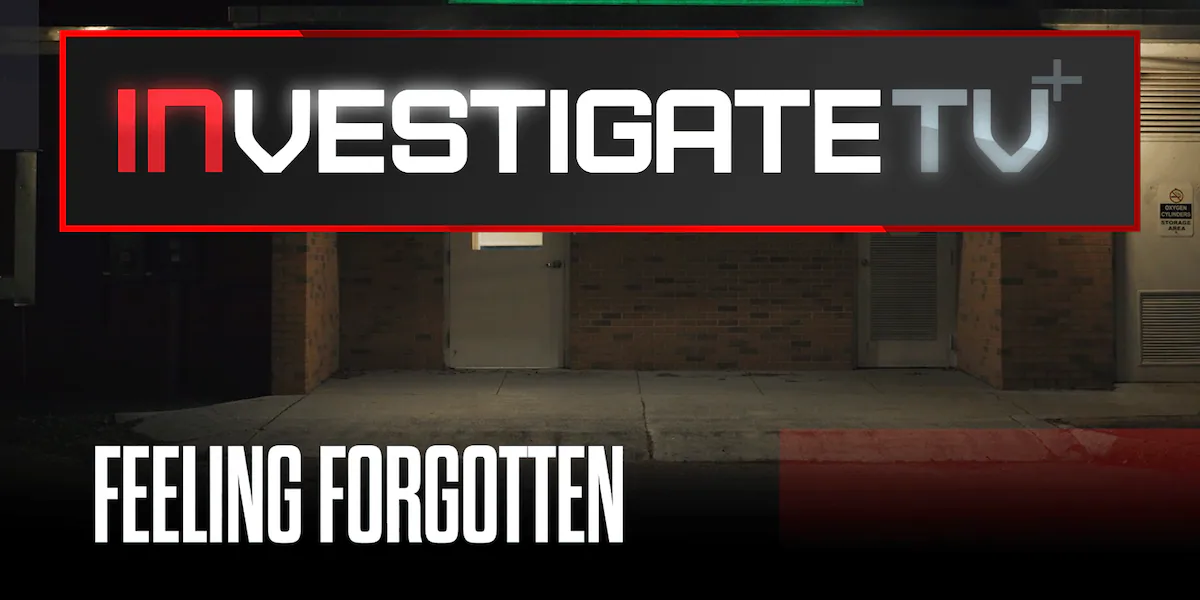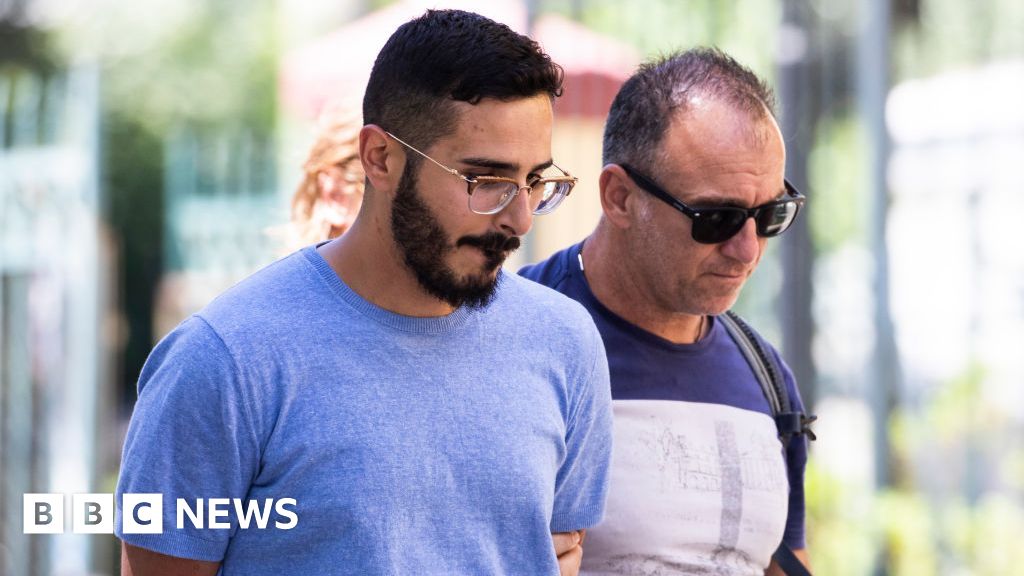
(InvestigateTV) — In a small 20-bed hospital in rural Alabama, 65-year-old Leroy Walker lay connected to an IV pump when it started beeping.
Minutes passed before anyone came to check on the sound, not because staff didn’t care, but because the hospital’s internet connection is too slow to support modern monitoring systems that would instantly alert nurses at their stations.
Walker’s experience highlights a critical challenge facing rural America, where inadequate broadband infrastructure creates dangerous gaps in healthcare delivery.
In this episode of InvestigateTV+, we examine:
Rural healthcare crisis: Hospitals in remote areas struggle with slow internet speeds that prevent modern patient monitoring and electronic health records
Teen pregnancy support: Nonprofit organizations provide crucial resources and mentorship to young mothers facing economic and social challenges
Weight loss success: A South Carolina woman shares her journey of losing 100 pounds and keeping it off through lifestyle changes rather than fad diets
Quirky museum culture: Portland’s Skeleton Key Auditorium celebrates the odd and mysterious aspects of human history
Rural hospitals and patients are disconnected from modern care
Greene County, Alabama, where Leroy Walker lives, ranks near the top nationally for rates of stroke, obesity, and high blood pressure. Yet the county’s only hospital sits in what experts call a “technology dead zone,” severely limiting its ability to provide timely care.
“I feel like I’ve been picked out to be picked on. I really do,” said Walker, who deals with kidney failure and requires dialysis. “For me to be living right here, and if I get real sick, I got to go to Birmingham and Tuscaloosa. And you got a hospital right here.”
The hospital’s internet speed test revealed 93.3 megabits per second — less than 10% of the 1,000 megabits per second that experts say hospitals need to support electronic health records and telehealth services.
At the hospital, it took 13 seconds just for an internet browser to load during the speed test.
Marsha Pugh, CEO of the Greene County Health System, said the slow connection forces nurses to use paper charts due to the sluggish electronic system.
“Well, it’s frustrating because you end up doing part of it in the computer, part of it on the paper chart, and you’re juggling back and forth between the two,” a nurse explained.
The problem extends far beyond Greene County.
Analysis found that more than 200 counties have some of the worst access to reliable internet and healthcare provider shortages. Of those counties, 123 don’t even have a hospital.
‘Community of Hope’ offers help to teen mothers as they navigate life, motherhood
Allisha Jones-Pickens understands the challenges facing teen mothers.
She became pregnant at 14 and founded Community of Hope in 2020 to provide support and resources to young mothers in similar situations.
“I can’t tell you what it feels like to know you’re about to be responsible for another life when you don’t even care about your own life,” Jones-Pickens said.
The nonprofit helped 126 mothers last year, offering 43 mental health counseling assessments, more than 3,000 clothing items, 680 packs of diapers, 43 rides to appointments, and 72 boxes of food.
Siara White, who became pregnant at 13, found crucial support through the organization.
“They make you feel like you can talk without being judged like I never feel judged when I talk to them,” White said.
White has since graduated high school and received her culinary arts certificate. “You made a mistake. Is it your destiny to be a messed up person? No. You made a mistake. With dedication and hard work, you can fix it,” she said.
Community of Hope reports that 85% of the girls it helped in 2024 became self-sufficient by the end of its program.
Woman shares how she lost 100 lbs, kept it off for five years
Leah Lewis of South Carolina tried numerous fad diets throughout her life, but couldn’t maintain weight loss until she made permanent lifestyle changes at age 39. She had been overweight since childhood and felt intimidated by gyms.
“I was just tired of not feeling good. I mean, I didn’t feel good. I was really unhappy,” Lewis said. “I literally was just intimidated going to the gym and had no idea. I mean, there’d be tons of machines and I don’t know what to do.”
Working with a trainer, Lewis exercised outdoors 3-4 days per week, using weighted vests and bodyweight exercises. Initially, she couldn’t complete a full workout.
“I couldn’t even get through a workout. I mean, I was like, totally out of breath. I was lightheaded and dizzy. It took me probably a month to be able to physically get through an hour workout,” she said.
After a year of persistence, Lewis lost about 100 pounds and has kept it off for four to five years. She now works at the gym where she trained and helps others achieve their fitness goals.
“When people say, I don’t have a gym, I don’t have workout equipment at home, I can’t do it. Yes, you can, because I literally did it outside with no weights. I used my body weight and you can do it,” Lewis said.
Lewis emphasizes meal preparation, writing down workouts, and tracking progress through apps. She spends about two hours each Sunday preparing meals and snacks for the week.
Exploring the history of Portland’s ‘Odditorium’ museum
In Portland, Oregon, the Skeleton Key Auditorium embraces all things dark, mysterious, and unusual.
This 2,500-square-foot museum explores the history of vampires, circus sideshows, spirit boards, and Victorian death practices.
The museum includes educational exhibits like the radioactive antique room, which tells the story of the Radium Girls, women workers who were exposed to dangerous radioactive materials while painting clock dials in 1917. The women were encouraged to lick their brush tips, exposing them to radium and causing illness and death.
The museum serves those curious about odd historical elements, offering “a nice examination of the human experience and how odd it really is for everybody.”



